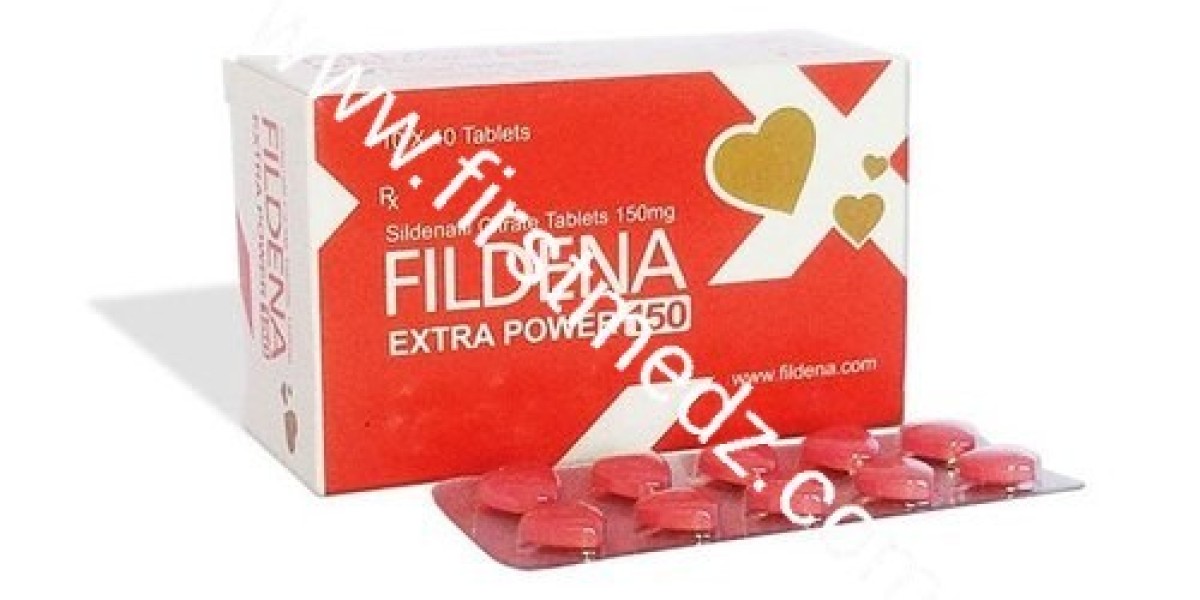The global market for capnography devices, which was valued at USD 676.6 million in 2023, is projected to experience robust growth at a compound annual growth rate (CAGR) of 10.0% from 2024 to 2030. Several key factors are expected to drive this growth, including technological advancements, a rising prevalence of respiratory conditions, and the support of government initiatives aimed at improving healthcare. The growing use of capnography for the management and monitoring of respiratory diseases is likely to further enhance the clinical effectiveness of these devices. This is primarily due to their proven reliability and efficiency in patient monitoring, which ensures better outcomes in clinical settings.
For instance, data from 2022 showed that 4.6% of adults were diagnosed with chronic obstructive pulmonary disease (COPD), emphysema, or chronic bronchitis during their lifetime. Additionally, 4.2% of all office-based physician visits documented COPD in patient records, while approximately 791,000 emergency department visits in the same year were primarily attributed to COPD-related complications. This increasing incidence of respiratory conditions is likely to fuel demand for capnography devices, as they are essential in detecting and managing such disorders.
Gather more insights about the market drivers, restrains and growth of the Capnography Devices Market
Technology Segmentation Insights
The market's expansion is also being driven by technological innovations in capnography, including the development of portable and handheld devices that offer greater accuracy and seamless integration with other patient monitoring systems. These advancements are making capnography devices more user-friendly, versatile, and applicable in a wider range of clinical scenarios. For example, in June 2022, Medtronic introduced a new solution that integrated INVOS regional oximetry (rSO2) with Microstream capnography (CO2) technologies. This integration, featured within the GE Healthcare CARESCAPE precision monitoring platform, allows clinicians to provide more personalized care in perioperative and intensive care unit (ICU) settings by enabling continuous, real-time patient monitoring.
In terms of market segments, the side-stream technology segment dominated in 2023, accounting for 53.2% of the total market revenue. This dominance is largely due to the widespread use of side-stream technology in anesthesia monitoring, where its ability to provide accurate measurements while being relatively easy to connect and sterilize has made it highly popular. For example, end-tidal carbon dioxide (EtCO2) monitoring, which is crucial for detecting life-threatening conditions like hyperthermia or hypothermia, requires highly accurate sensors. The Philips Respironics LoFlo sidestream sensor is a prime example of a side-stream device that ensures precise EtCO2 and respiration rate measurements, even at respiratory rates as high as 150 breaths per minute, thanks to its advanced infrared absorption spectroscopy technology.
Looking ahead, the microstream segment is expected to grow at the fastest rate, with a projected CAGR of 10.7% from 2024 to 2030. Microstream capnography devices are increasingly valued for their versatility, finding applications in a wide array of clinical settings such as operating rooms, ICUs, emergency departments, and even during patient transport. This broad range of use cases is expected to enhance their adoption in various healthcare environments, driving their growth in the market. For instance, in September 2022, Medtronic received FDA 510(k) clearance for its RespArray patient monitor, which was designed for procedural sedation and medical-surgical units. This device combines multiple advanced monitoring technologies, including noninvasive blood pressure (NiBP), microstream capnography, Nellcor pulse oximetry, ECG, and temperature monitoring, providing a comprehensive monitoring solution for healthcare providers.
Order a free sample PDF of the Market Intelligence Study, published by Grand View Research.








